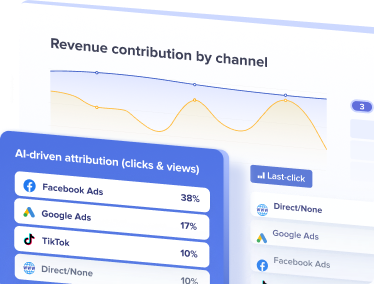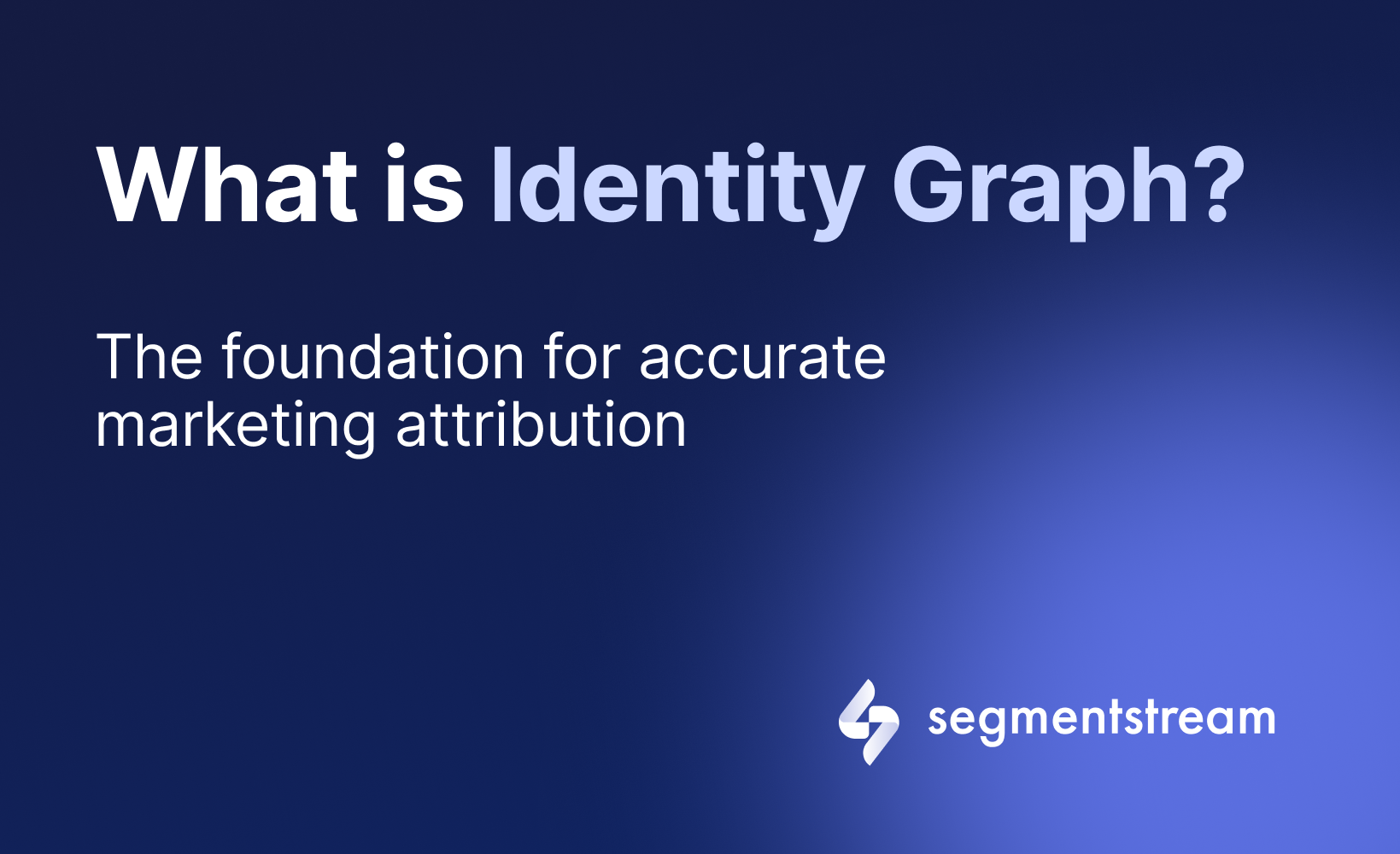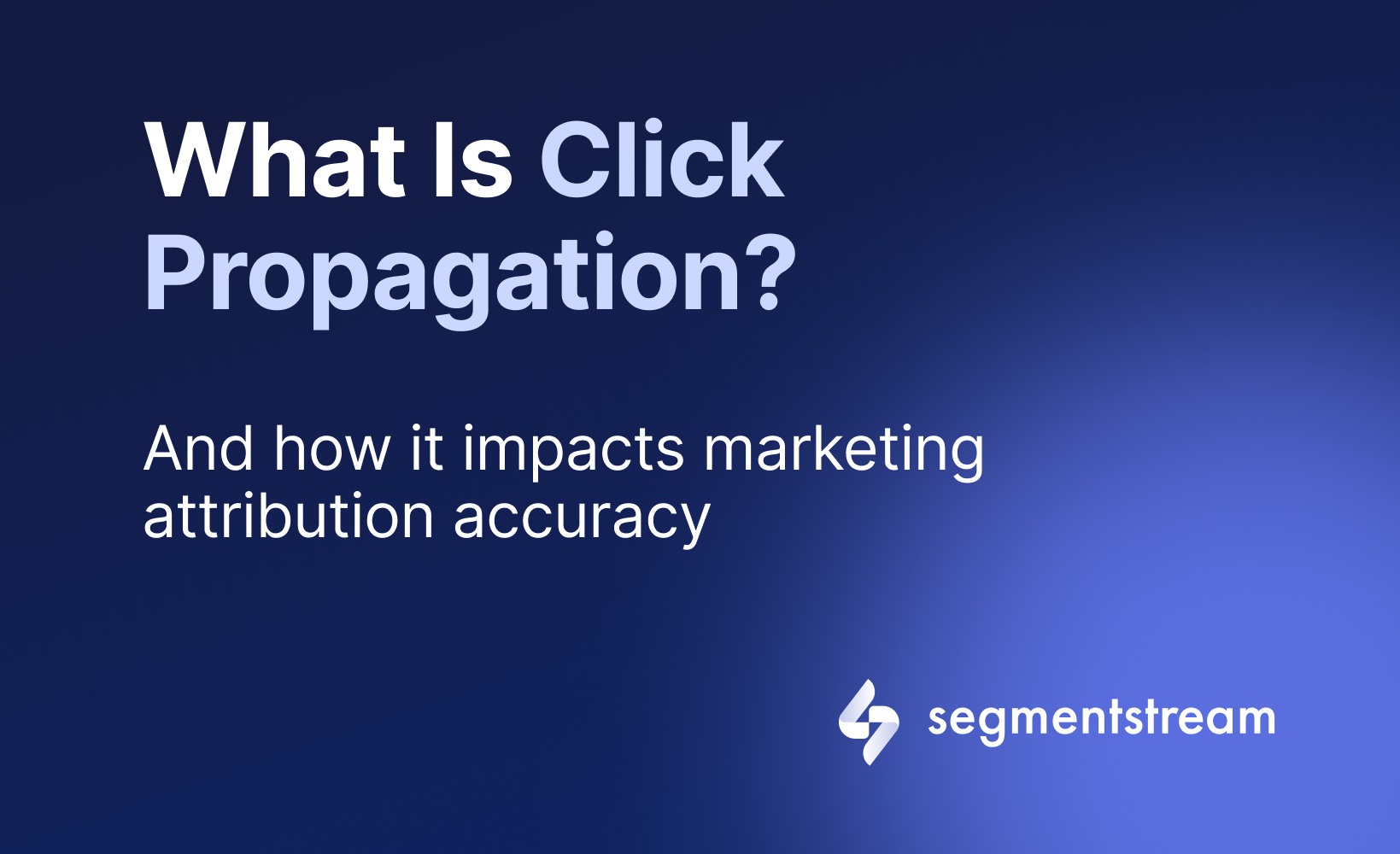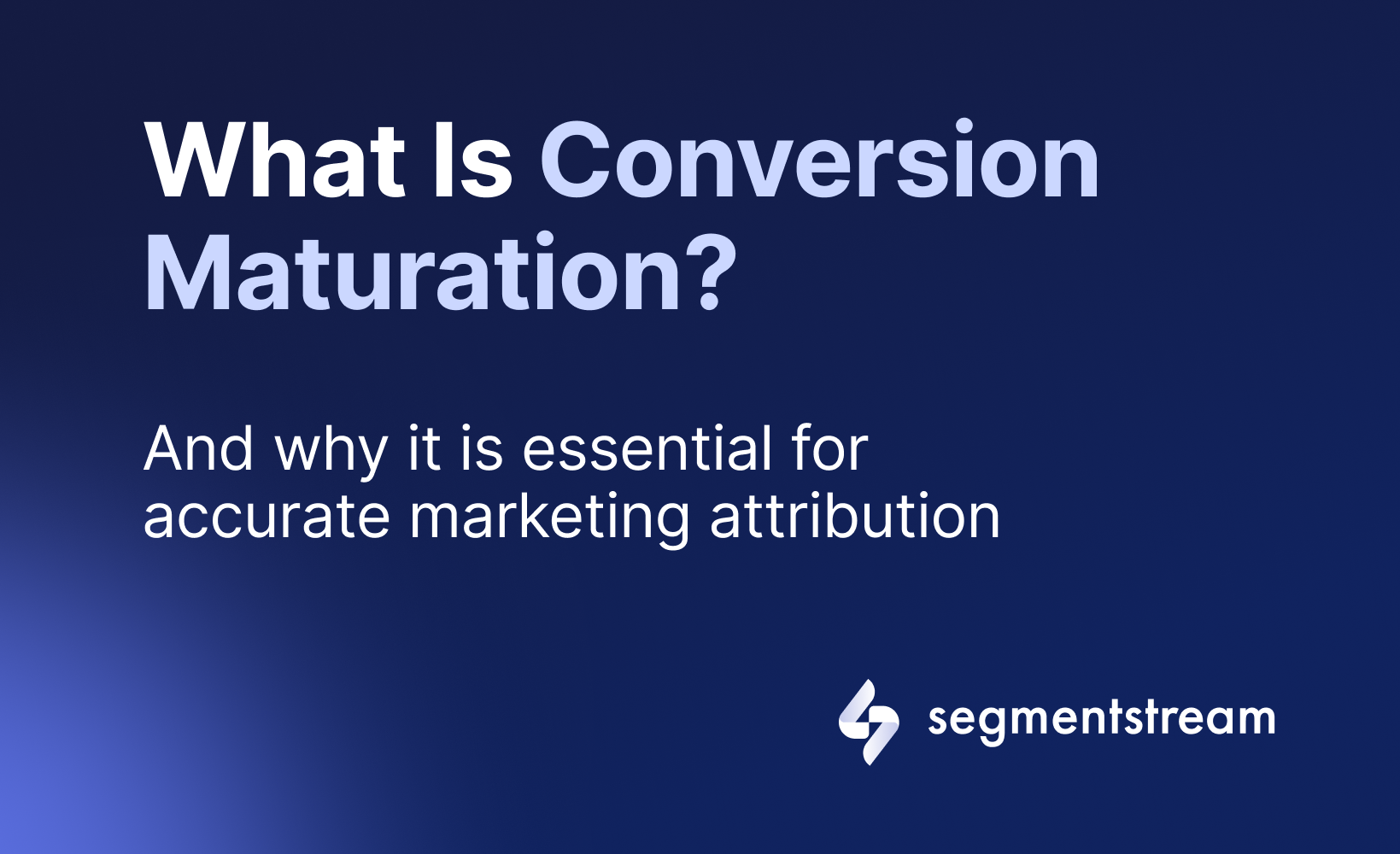
Marketing attribution challenges

You’ve likely heard the whispers in the marketing world that multi-touch attribution is on the decline. But what’s sparked this shift in perspective, and what are marketers turning to instead? Let’s delve in.
The fundamental flaws:
-
The false promise of trackability: One of the primary selling points of multi-touch attribution was the ability to track every touchpoint. But in reality, achieving a complete overview is near-impossible. The reason is cross-device challenge, numerous privacy restrictions and cookie initiatives like the latest Link Tracking Protection in Safari brought by iOS 17.
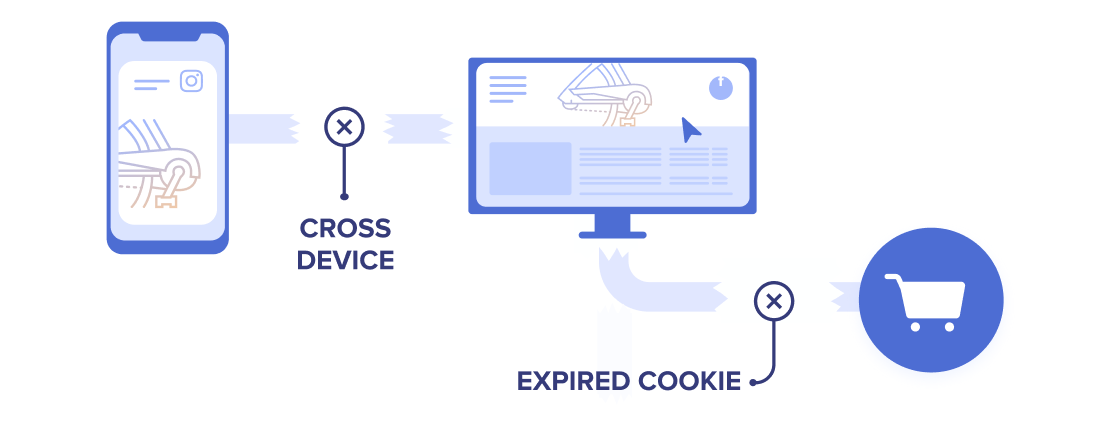
- Heuristic base: Attribution models like “first-touch,” “last-touch,” and “U-shape” assign fixed values to specific touchpoints. However, these assignments are based on assumptions, not concrete evidence, making them more guesswork than science.
- Attribution is focused only on clicks: Clicks are just one part of the story. What about visual ads or social media impressions? Channels like video and social play pivotal roles in shaping customer opinions, but they are heavily undervalued because common attribution models measure only clicks.
Privacy and tracking:
Traditional attribution models heavily rely on cookies. This makes them vulnerable to evolving privacy standards like GDPR, the fallout of private browsing and cookie restrictions in Safari, Mozilla, and hopefully soon Google.
Take Apple’s recent iOS 17 update as an example. It introduced Link Tracking Protection (LTP), which removes tracking parameters from URLs accessed through Apple’s Mail, Messages, or Safari’s Private Browsing. This means fewer attributed conversions in analytics for big players like Google, Facebook, and Microsoft Ads, as their tracking IDs get blocked by this feature.
Another thing is cross-device/browser. Today’s consumers switch between devices—seeing ads on mobile, researching on desktop, and buying on tablets.
The good news is - the challenges don’t mean we’re in the dark. There are alternative measurement approaches gaining traction.
Alternatives to traditional attribution:
1. Marketing Mix Modeling (MMM): Great for companies with expansive budgets and a wide range of sources like TV, and radio. It looks at a lot of data from different times and places, including offline to answer questions like: “How should I divide the budget across channels?”
It’s more for holistic planning and comes at a premium cost. However, it’s not real-time, so, for day-to-day optimisation you need to pair it with other tools.
2.Incrementality Testing: This tests how effective specific marketing methods are. It’s useful, but not quick. If you’ve just started a new campaign, you’ll have to wait a bit to see its results. That’s why you wouldn’t use it to analyse freshly new campaigns for example.
3. AI attribution like SegmentStream: These new tools are game-changers. SegmentStream, for example, uses machine learning and first-party data to fill the gaps where cookies were swiped or a conversion happened on another device.
Optimal marketing
Achieve the most optimal marketing mix with SegmentStream
Talk to expert